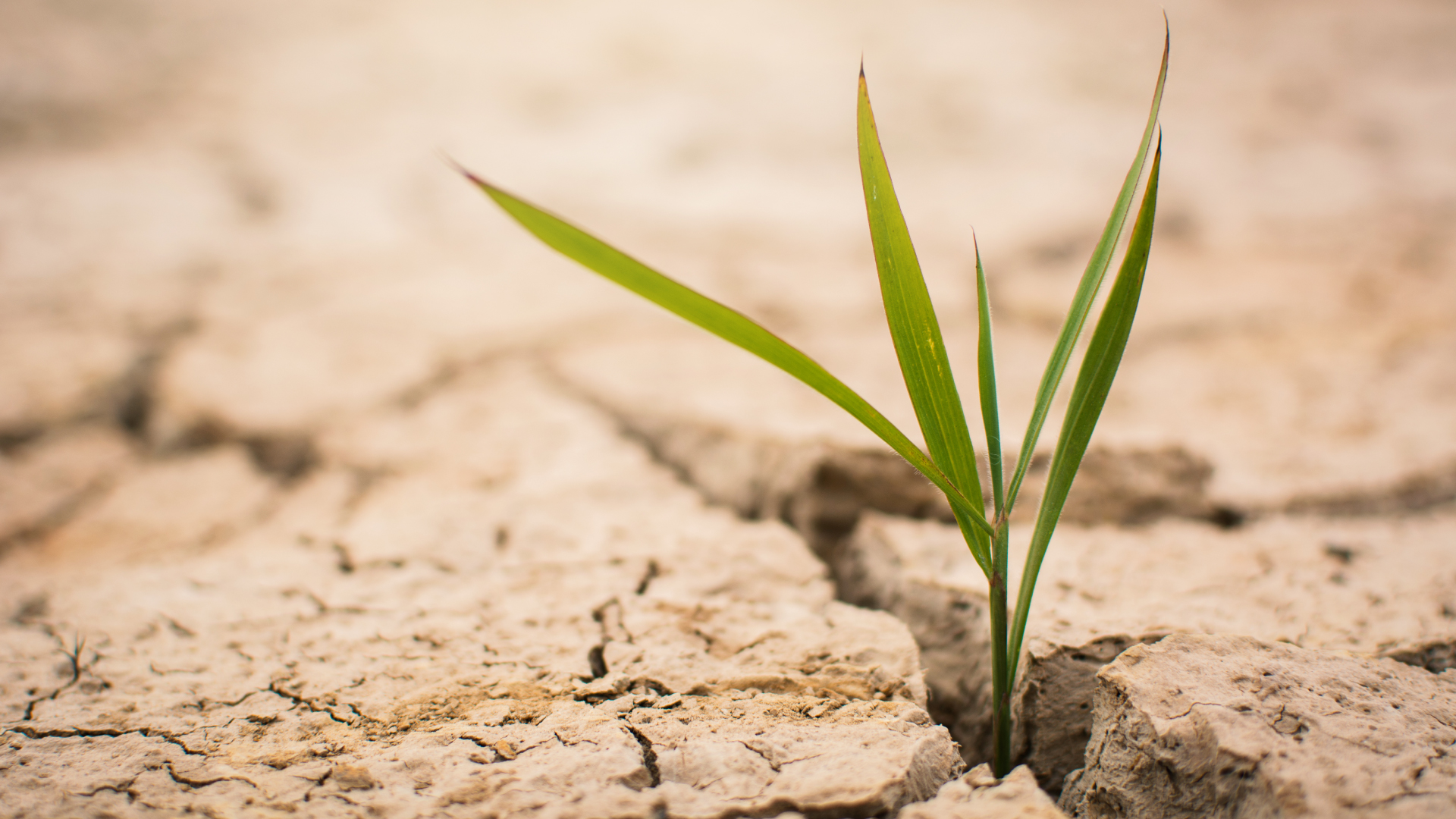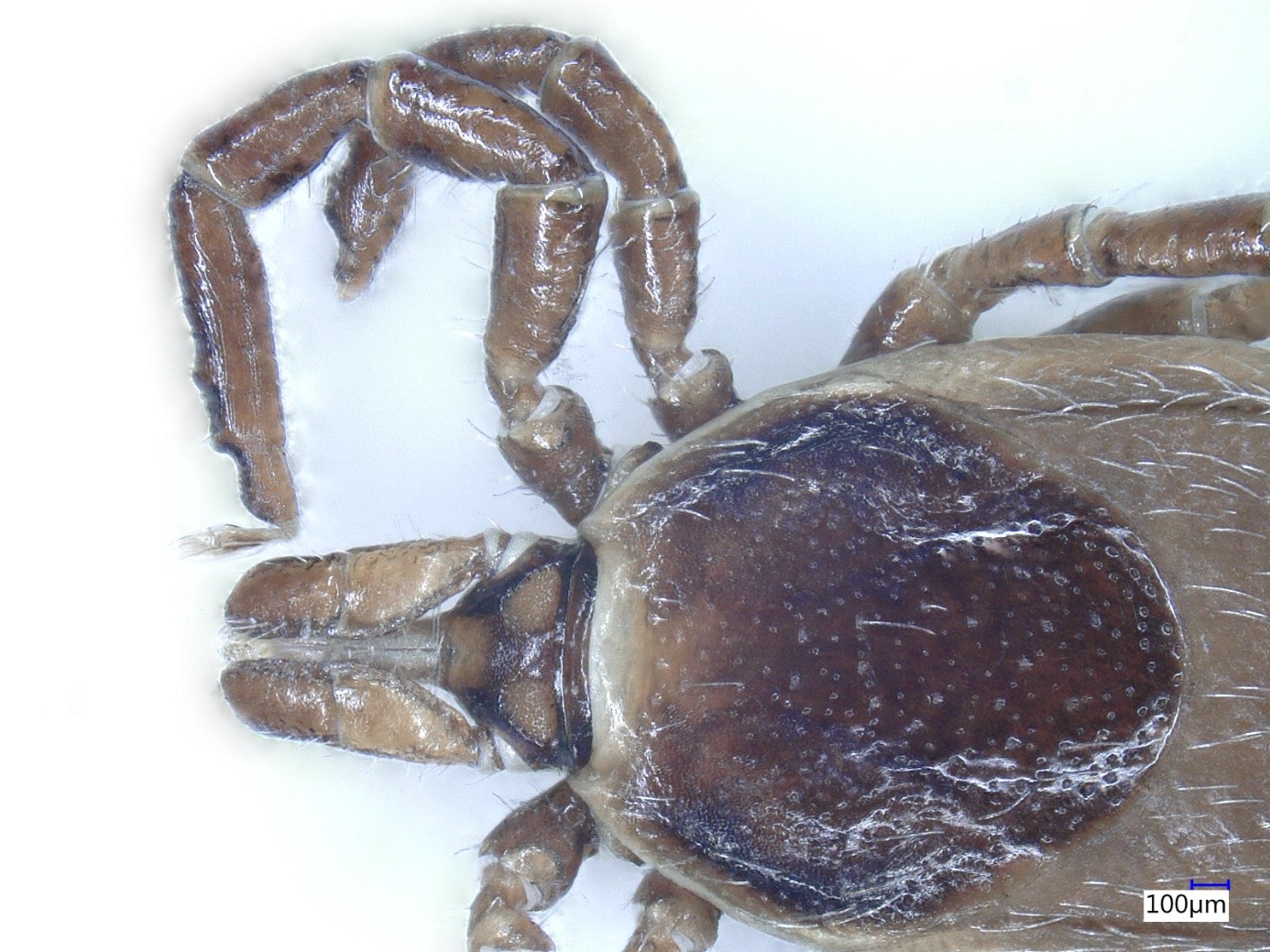Increasingly Severe Droughts Will Claim Even Our Most Drought-Tolerant Native Grasses
According to researchers at the HUN-REN Centre for Ecological Research, many perennial grasses that had adapted to ‘normal’ drought conditions perished in the open sandy grasslands of the Kiskunság during the extreme droughts that have become increasingly frequent in recent years. There is, however, some reason for hope: grasses growing on north-facing slopes or near woody patches were more likely to survive.
Festuca vaginata and Stipa borysthenica are two of the most drought-tolerant grass species in Hungary. Following the severe drought of 2022, researchers at the Institute of Ecology and Botany, HUN-REN Centre for Ecological Research, chose to study them.
For many years, ecologists have been monitoring changes in the local flora of the sandy grasslands near Fülöpháza in the Kiskunság region, using several hundred permanent sampling plots. In 2022, rainfall was extremely low — even by recent standards — and temperatures were unusually high. The following year, the researchers assessed how native grasses had coped with these extreme weather conditions. The results, recently published in Global Ecology and Conservation, revealed an alarming picture.

The ecologists assessed the proportion of living and dead grasses in 200 randomly selected 4×4-metre plots. They also noted whether each plot was situated on the cooler northern or the hotter southern slopes of the sand dunes, and whether trees or shrubs were present in the immediate vicinity. The researchers hypothesised that grasses growing on north-facing slopes and near woody patches would be more likely to survive extreme drought.
In 85 of the 200 sampling plots, more than 95% of the grasses had died — virtually none survived. In 167 plots, at least half of the grasses were lost. “Although these species are considered drought-tolerant, the dieback was extremely severe — the 2022 drought exceeded even their tolerance,” said Anikó Csecserits, lead researcher of the study.
Grass dieback was significantly lower near woody patches and on north-facing slopes of the dunes. While in completely treeless areas most grasses had died, in plots where at least 20% of the surrounding 10-metre radius was covered by woody vegetation, 80–90% of the grasses survived. This effect is therefore quite substantial.
If even the most drought-tolerant native perennial grasses can no longer withstand prolonged drought, open areas will remain — ready to be colonised by even more drought-resistant non-native invasive plant species, such as Sporobolus cryptandrus or certain cacti. Additionally, annual grasses may spread — these are species that are active in winter or during wetter periods, then die back in summer and persist through drought in the form of seeds. Ecologists at the HUN-REN Centre for Ecological Research warn that the dieback of native species creates ideal conditions for biological invasion.

